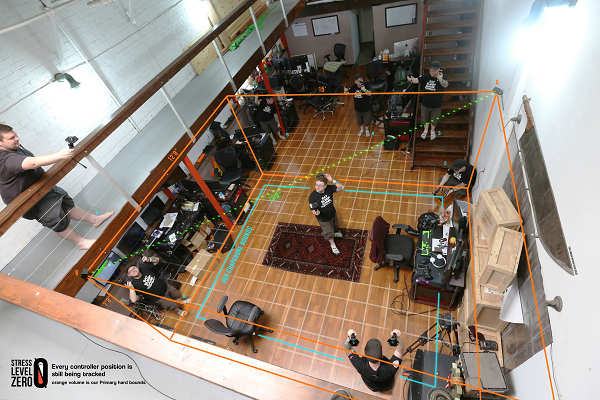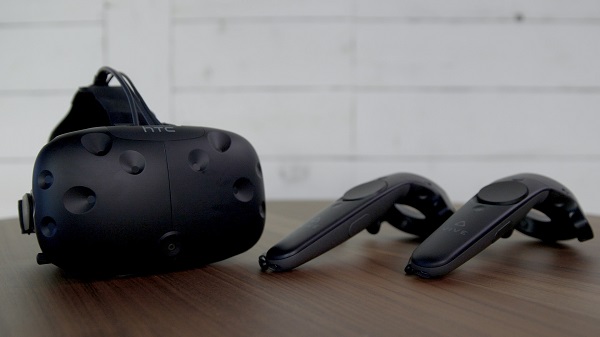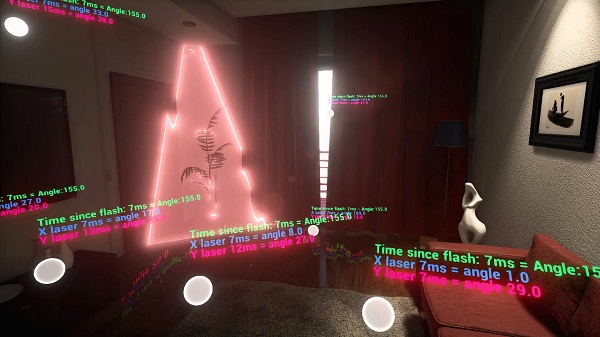Valve announces opening of Lighthouse tracking system Recently, the company Valve, behind the game platform SteamVR, announced the opening of the Lighthouse tracking system. We carefully consider whether to use "open" or "open source", and ultimately decide whether or "open" is more appropriate, because Lighthouse is not open source to everyone, it is only open to some third-party hardware developers. Now, third-party hardware developers only need to pay a training fee of $2,975 to get a developer kit and be able to go to Seattle to attend training courses. There is no charge for subsequent authorization and use. Third parties can use open Lighthouse tracking technology to create peripherals. HTC will also conduct face-to-face training courses in Asia to complement Valve's courses in the United States. The Asian curriculum is free. Facing the opening of Lighthouse technology, Wang Congqing, general manager of HTC Vive China, responded that Lighthouse technology is only open, not open source, and open is not a sea choice. Third-party developers will be rigorously screened to be authorized to use this technology. Second, HTC Vive does not consider allowing other VR head-mounted vendors to enter, and the signatories will sign confidentiality agreements, including signing exclusive agreements with vendors involved in other head-up displays such as experience stores. HTC Vive stands out by Lighthouse Lighthouse is a space tracking system developed by Valve. It is the core technology of HTC Vive. HTC Vive was able to succeed. It has more accurate tracking ability than Oculus Rift and PS VR. Lighthouse has made a great contribution. The HTC Vive's handle is covered with sensors, based on Valve's tracking system Lighthouse to achieve motion capture, the principle is to use two laser transmitters (base stations) diagonally in the room, not more than five meters away, continue to scan the room Positioning. The laser beam is emitted by two rows of fixed LED lights inside the transmitter, 6 times per second. Each laser emitter is designed with two scanning modules, which in turn rotate horizontal and vertical directions in the positioning space to scan horizontal and vertical laser scanning positions of 15 x 15 feet. There are more than 70 light sensors on the HTC Vive helmet and handle. While the laser is sweeping, the helmet starts counting. After the sensor receives the laser light, it uses the relationship between the sensor position and the receiving laser time to calculate the exact position relative to the laser emitter. At the same time, enough laser sensors hit the laser beam to form a 3D model. This technical principle is simpler, more efficient, and has a low latency, ensures synchronized walking and visual senses, and makes Vive an outstanding product for ready-made virtual reality helmets. Lighthouse tracking technology is considered to be the core technology of HTC Vive. However, this technology is now announced as open. What does this mean for HTC? What does this mean for HTC? In the short term, Lighthouse's opening up is actually good for HTC. Valve announced the open source of its LightHouse location technology, mainly to allow more device manufacturers to create new categories of VR controllers and other peripherals. This means that in the near future, we will see more excellent VR peripherals coming in, which will help enhance the HTC Vive experience and enhance immersion. Moreover, HTC once stated clearly that it wanted to use third-party hardware to enhance the experience of Vive and expand the Vive ecosystem. However, in the long run, Lighthouse's opening up (and even open source at some time in the future) will be detrimental to HTC. The core technology will be open and even open source, which will make HTC passive, and its advantages will be no longer compared with other manufacturers. So obvious. Although the current Lighthouse technology is only open to accessories and peripherals, it is not head-first display, but there are many vendors who can do head-up display. However, they do not have Lighthouse tracking technology. After Lightning is opened, these VR manufacturers can also launch competitive VR outside. Assume. In addition, if third parties bypass patents and apply Lighthouse-like technologies to their headlines, it means that although they are still different from HTC Vive, they are not big enough. If you think about it, if the third party uses Valve's developer kit, but does not use the same Lighthouse system as HTC Vive, but uses Lighthouse's similar optical solution, and there is no patent conflict, I believe this device should not be bad. Lighthouse tracking technology is the core technology of HTC Vive, but it is not the core technology of HTC. That is to say, HTC will not have its own core technology after opening up or opening up in the future, which may cause HTC to become OEM. HTC was originally foundry and was familiar with OEMs. In order to avoid such a thing, HTC may really only hope to build content, or it can really develop core technologies. Let's talk about content first. HTC launched the Vive Port content platform. Recently, HTC officially announced that it will launch the Vive Port application store on a global scale, in which the developer test version will be the first to appear, and the fall officially launched a consumer version for global users. When it comes to Vive Port being online globally, this should be linked to Lighthouse's open source. Before Steam VR is the main content platform of HTC Vive, and now HTC is pushing its own Vive Port, hoping that users will download applications more through this store. However, on the other hand, Steam is one of the largest game platforms in the world. Whether HTC Vive, the hardware maker, can grab a cake from Steam on the content, it is still difficult to make a conclusion. In order to build content, HTC launched the Vive X VR Accelerator Program this year, providing a $100 million fund to promote the ecological development of VR. In addition, HTC has also established 28 venture capital companies to establish a virtual reality venture capital alliance with a total investment of US$10 billion. The main purpose is to focus on entrepreneurship and innovation in the global VR industry and create a sustainable VR ecosystem. A hardware company to do content platform, people always feel that some laymen, do not worry. Perhaps HTC will invest more money in R&D core technologies, such as wireless transmission technology. If the development of wireless transmission technology takes five years to mature, the short-term benefit of Lighthouse's opening to HTC Vive may be over. At this time, wireless transmission technology can just be deployed. What is good for you? If you are an ordinary consumer, Lighthouse opens up to give you more and more VR peripheral options, such as VR guns, full body sensory clothing, swords, steering wheels, and more. You will get a more immersive VR experience. HTC CEO Wang Xuehong said that the biggest winners of Lighthouse's technology openness are consumers and corporate customers around the world. If you are a developer, you don't have to grope for it yourself. You can do more hardware and content development based on Lighthouse's underlying technology, such as the controllers we mentioned above, such as guns, swords, steering wheels, and so on. In terms of content, it is easier for you to develop excellent interactive games or videos. If you're a VR heads-up vendor, don't say more, maybe you've already thought about how to use the Lighthouse suite and bypass patents to launch a great VR experience. Rocker Switch Panel,Panel Switch,Ranger Switch Panel,Panel Switch Truck Dongguan Andu Electronic Co., Ltd. , https://www.autoido.com




